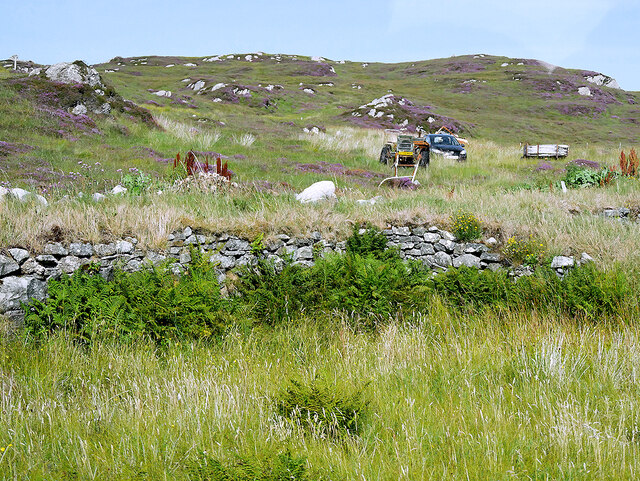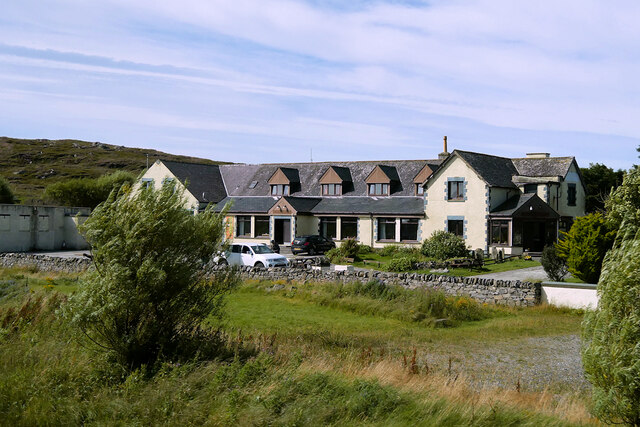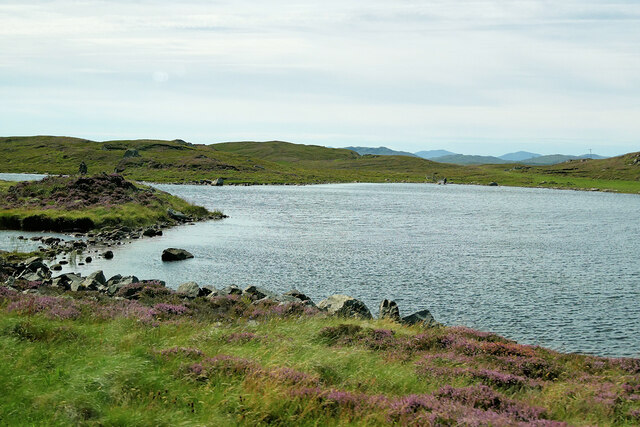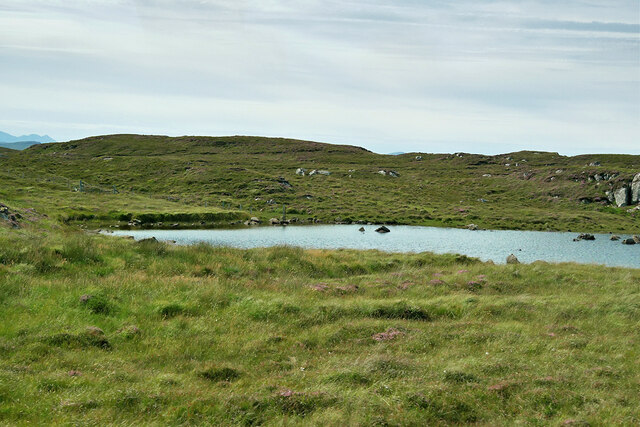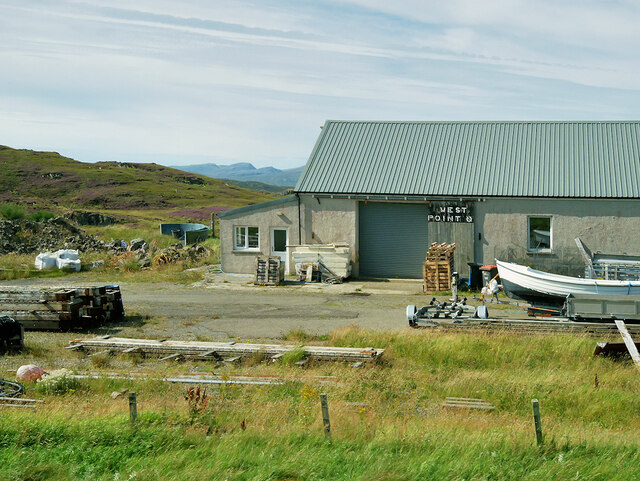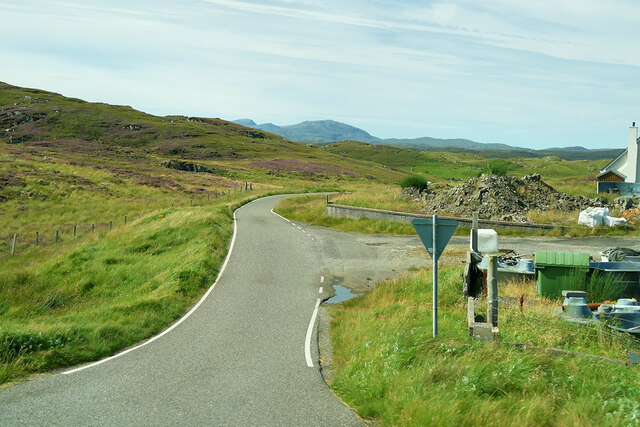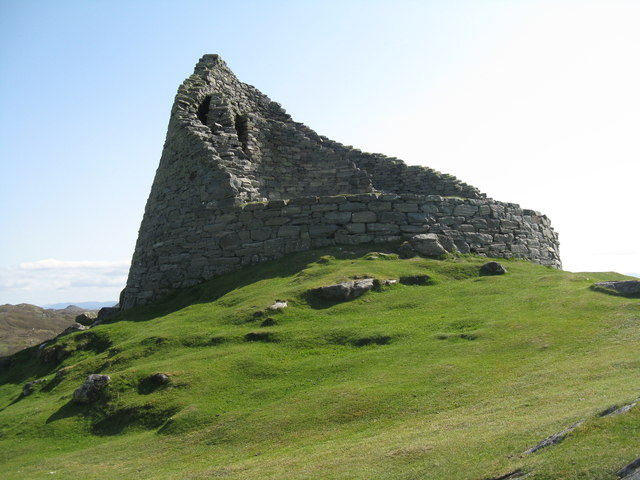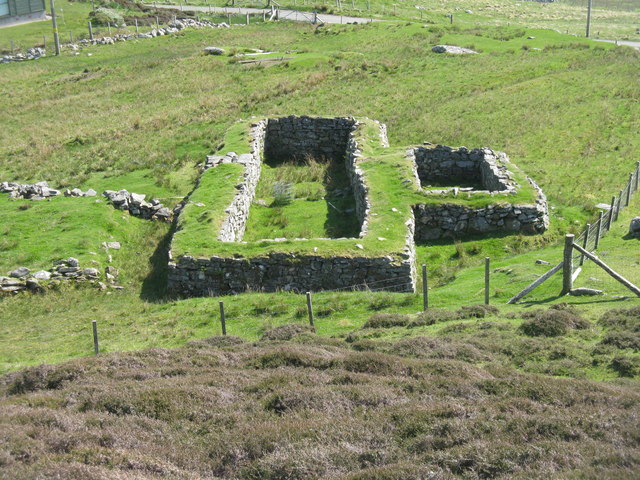Loch Àirigh Iain Bhain
Lake, Pool, Pond, Freshwater Marsh in Ross-shire
Scotland
Loch Àirigh Iain Bhain
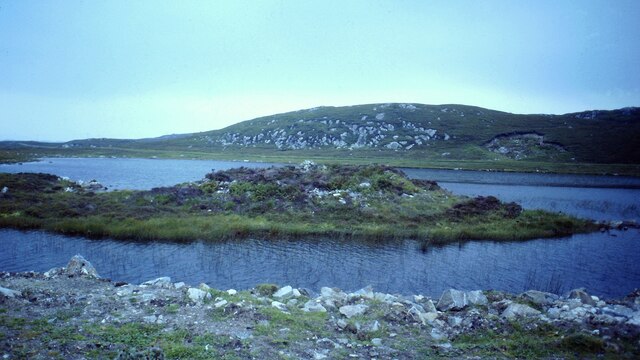
Loch Àirigh Iain Bhain is a freshwater loch located in Ross-shire, Scotland. It is situated in a remote and picturesque area, surrounded by rolling hills and lush greenery. The loch is relatively small in size, measuring approximately 1 kilometer in length and 500 meters in width.
The water in Loch Àirigh Iain Bhain is crystal clear and of exceptional quality. It is fed by several small streams that flow down from the surrounding hills, ensuring a constant supply of fresh water. The loch also has a small inlet that connects it to a nearby river, allowing for the exchange of water and providing a habitat for various aquatic species.
The shores of Loch Àirigh Iain Bhain are predominantly covered in dense vegetation, including reeds, grasses, and shrubs. This creates an ideal habitat for a diverse range of plants and wildlife. The loch is home to a variety of fish species, including brown trout and salmon, making it a popular spot for fishing enthusiasts.
The tranquil surroundings and calm waters of Loch Àirigh Iain Bhain make it an attractive destination for outdoor activities such as boating, kayaking, and birdwatching. The loch is frequented by a variety of bird species, including ducks, swans, and herons, providing ample opportunities for bird enthusiasts to observe and photograph these creatures in their natural habitat.
Overall, Loch Àirigh Iain Bhain offers a serene and picturesque setting, with its clear waters, lush vegetation, and diverse wildlife. It is a place where visitors can immerse themselves in the beauty of nature and enjoy a peaceful retreat away from the hustle and bustle of city life.
If you have any feedback on the listing, please let us know in the comments section below.
Loch Àirigh Iain Bhain Images
Images are sourced within 2km of 58.259882/-6.7680445 or Grid Reference NB2040. Thanks to Geograph Open Source API. All images are credited.
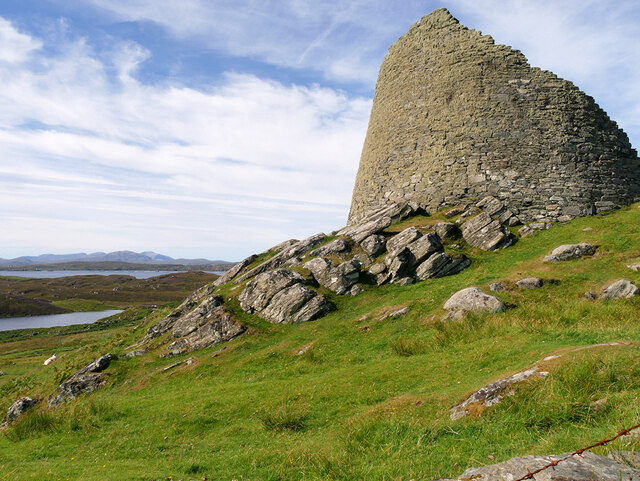
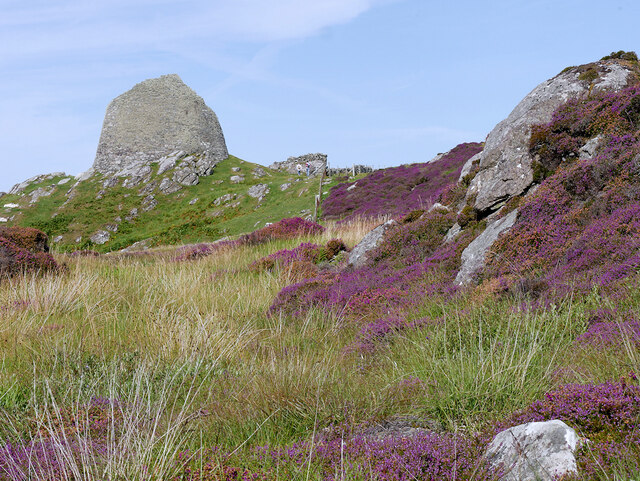
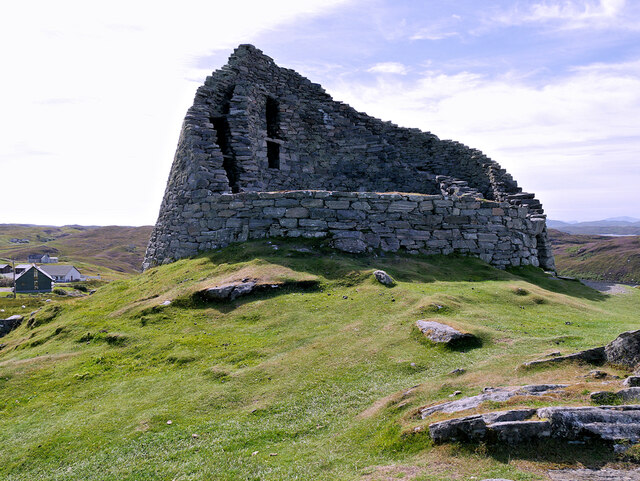
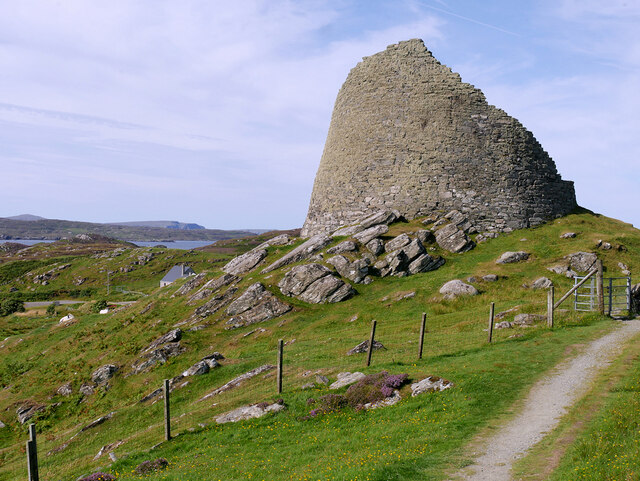
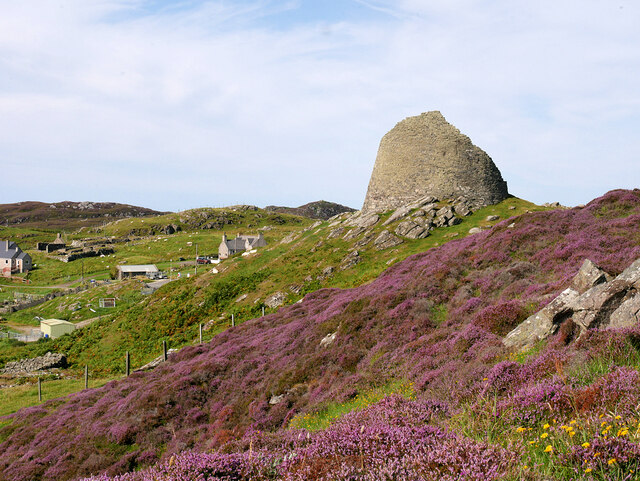
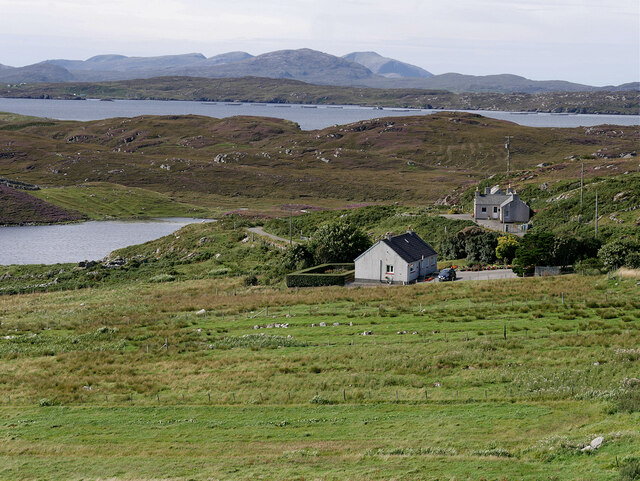
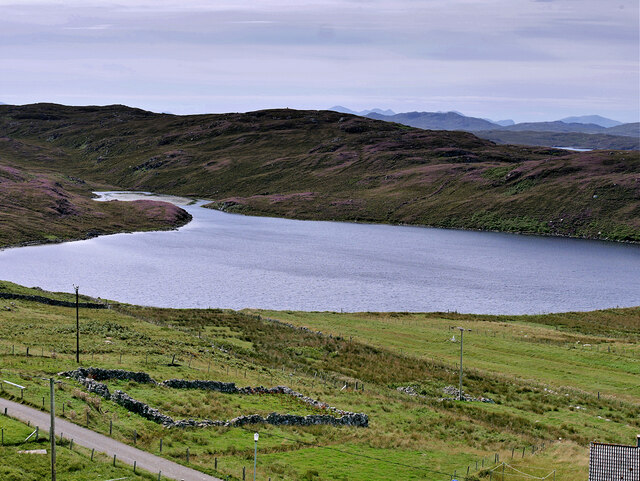
Loch Àirigh Iain Bhain is located at Grid Ref: NB2040 (Lat: 58.259882, Lng: -6.7680445)
Unitary Authority: Na h-Eileanan an Iar
Police Authority: Highlands and Islands
What 3 Words
///gilding.shocked.descended. Near Carloway, Na h-Eileanan Siar
Nearby Locations
Related Wikis
Dun Carloway
Dun Carloway (Scottish Gaelic: Dùn Chàrlabhaigh) is a broch situated in the district of Carloway, on the west coast of the Isle of Lewis, Scotland (grid...
Tolsta Chaolais
Tolsta Chaolais (also Tolastadh Chaolais, Tolstadh a' Chaolais) is a village on the Isle of Lewis, Scotland. It consists of about forty houses, clustered...
Carloway
Carloway (Scottish Gaelic: Càrlabhagh [ˈkʰaːɾɫ̪ə.ɤː]) is a crofting township and a district on the west coast of the Isle of Lewis, in the Outer Hebrides...
Borrowston, Lewis
Borrowston (Scottish Gaelic: Borghastan), with a population of about 50, is a crofting township situated on the Isle of Lewis, on the Outer Hebrides of...
Have you been to Loch Àirigh Iain Bhain?
Leave your review of Loch Àirigh Iain Bhain below (or comments, questions and feedback).
